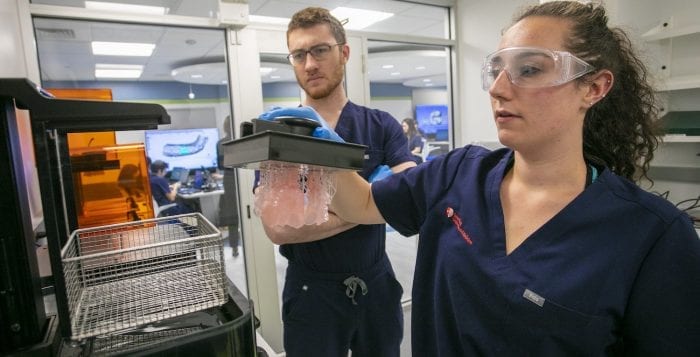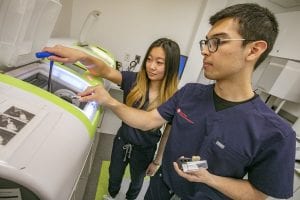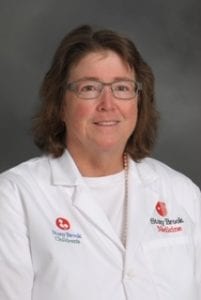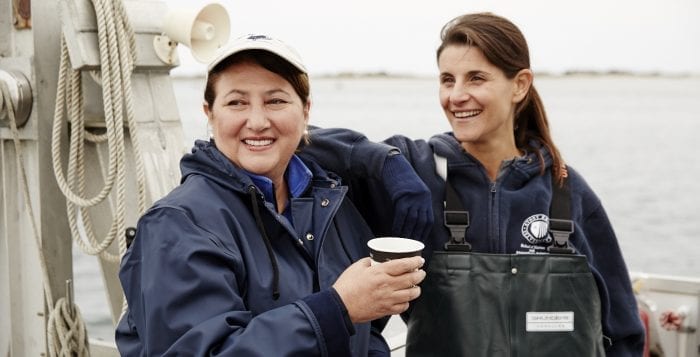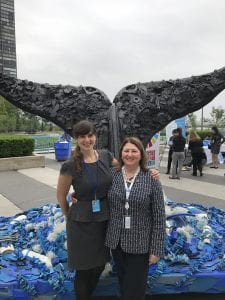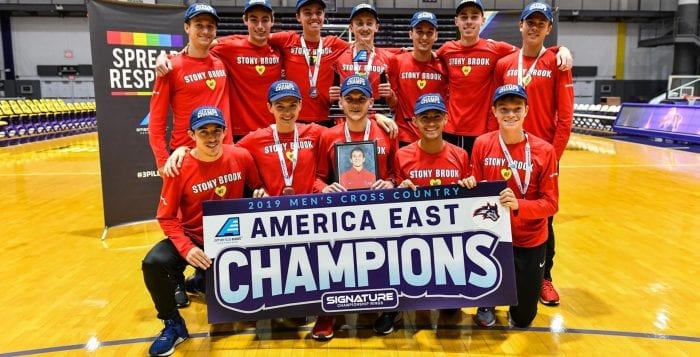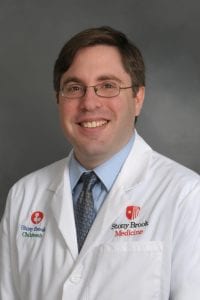At the Long Island State Veterans Home, John Tsunis, the owner of the Holiday Inn Express at Stony Brook and board member of the vets home, briefly choke up when speaking of his father, Charles, a World War II veteran and soldier during the Battle of the Bulge, consisting of over a month of fighting from December 1944 to January 1945.
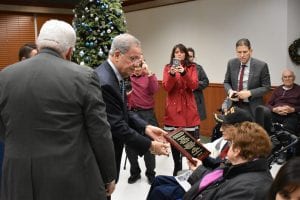
His father called the Battle of the Bulge “a hell on ice,” and Tsunis described when his father had been forced behind enemy lines where he and two of his fellow soldiers were pinned down by an enemy machine gun, helping to save several men, which earned him the Bronze Star.
“My dad took the lead and they were crawling around, keeping their heads low because there was a machine gun shooting over their heads,” he said. “He kept on crawling, not knowing what to do, until he came over some dead Germans, and under their bodies was a German bazooka. He told one of his buddies to load him up, took aim at the machine gun nest and knocked it out.”
In what was one of the bloodiest battles Americans fought in World War II, the last major German offensive on the Western Front saw 19,000 U.S. soldiers killed, 47,500 wounded and 23,000 captured. The pocket created by the Germans’ push into American lines gave the battle its name. The day’s ferocious fighting was displayed in a video of historic footage shown to the gathered local officials, staff and veterans.
The veterans home honored four veterans who experienced the battle up close and personal, James Lynam, Philip DiMarco, Frank DePergola and Thomas Struminski. Each was given a plaque, while both state and county officials presented proclamations to each in turn. Tsunis accepted the honor in place of his father who died nearly 20 years ago. He also helped name and hand out plaques honoring four men at the home who fought in one of the most consequential battles of the war.
DePergola, DiMarco, Lynam and Struminski were all there during the battle, and now that each is over 90 years old, they are some of the only people in the U.S. who can remember firsthand what happened.
Lynam’s children Kathy Corrado and William Lynam said their father didn’t speak much about the battle as they were growing up. However, once they were older, their father, a Brooklyn native, would emotionally relate snippets of the ferocious fighting.

“A Tiger tank almost ran over him, and he said they just couldn’t get the gun down low enough to get him,” Corrado, a Stony Brook resident, recalled.
William Lynam said such stories put graphic imagery in his head.
“[My father] said [that] when the panzer division was coming, and these guys were trying to dig into ground that was frozen … he remembers so distinctly the sound of the panzers, the Tiger tanks rolling over a field of cabbage, crushing the heads of cabbage and they were all imagining skulls of men were being crushed as they were coming through,” he said.
Others in the audience remembered the horrors of that day up close. Alfred Kempski, a World War II veteran living in the vets home, pointed to a black-and-white image of the Battle of the Bulge, of American soldiers in long greatcoats, M3 submachine guns and M1 Garands clutched in gloved fists, the soldiers peering forward in snow up to their knees.
“25,000 GIs were killed at night, the Germans came in at 2 o’clock in the morning and shot them all, they were sleeping,” he said. “The snow was so deep, we had a hell of a time finding the bodies. I was only 19 then, and when I think of it now …”



